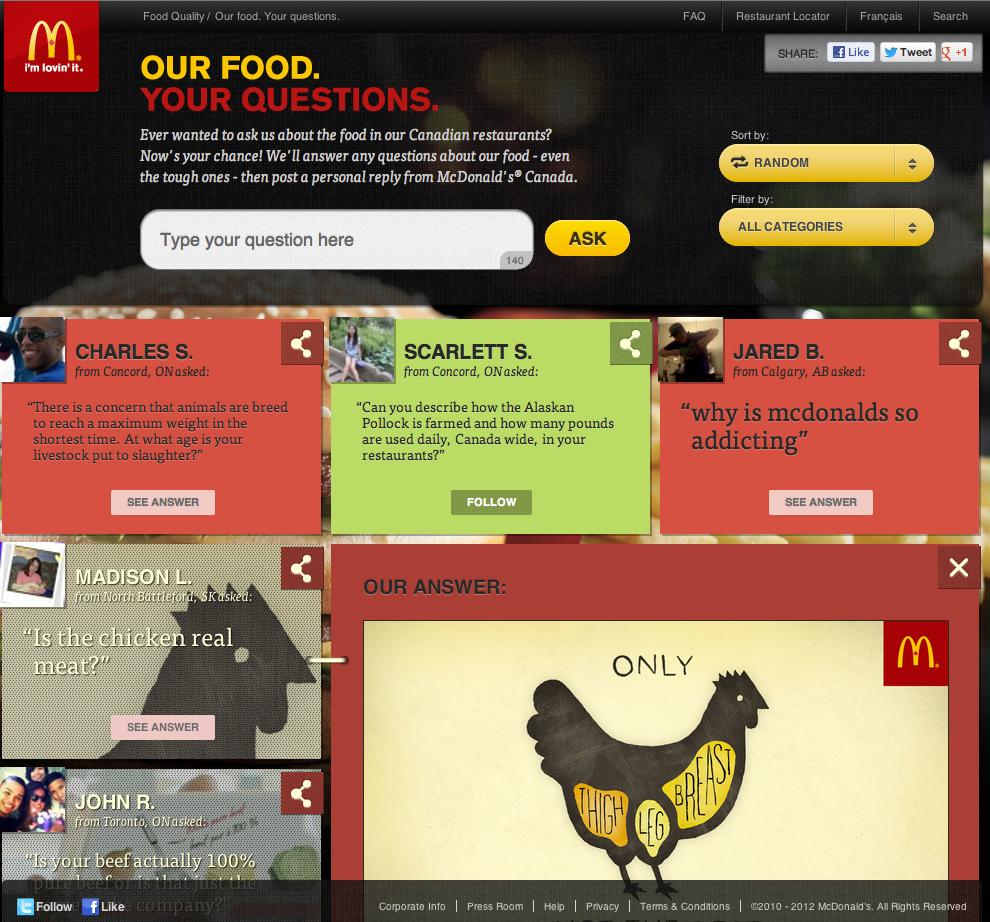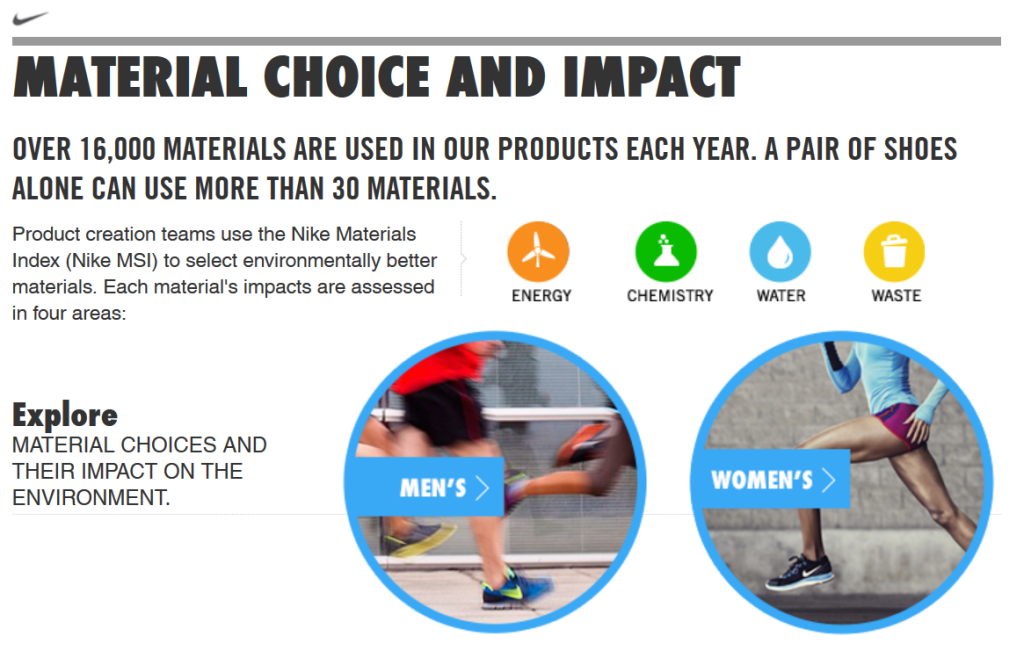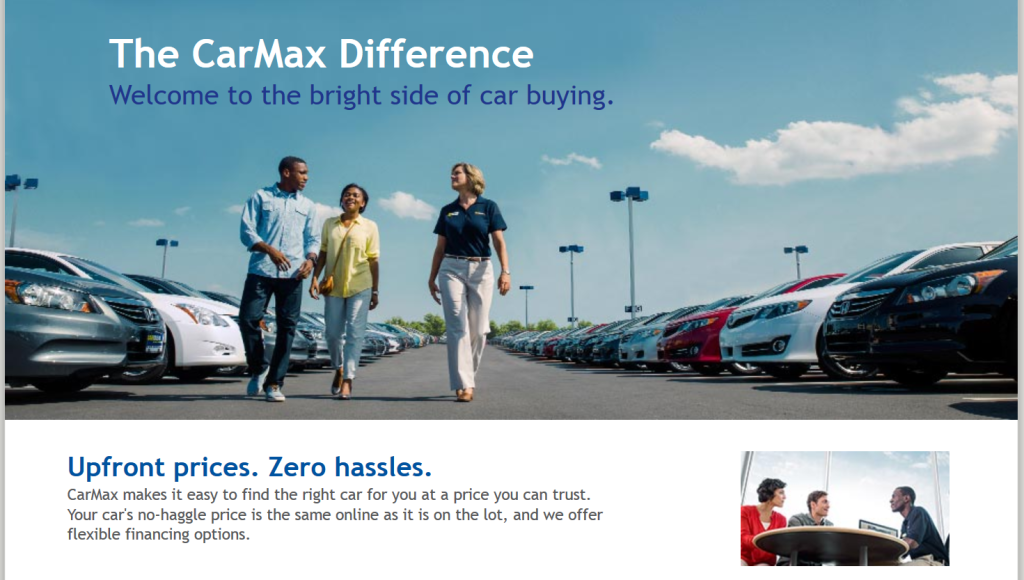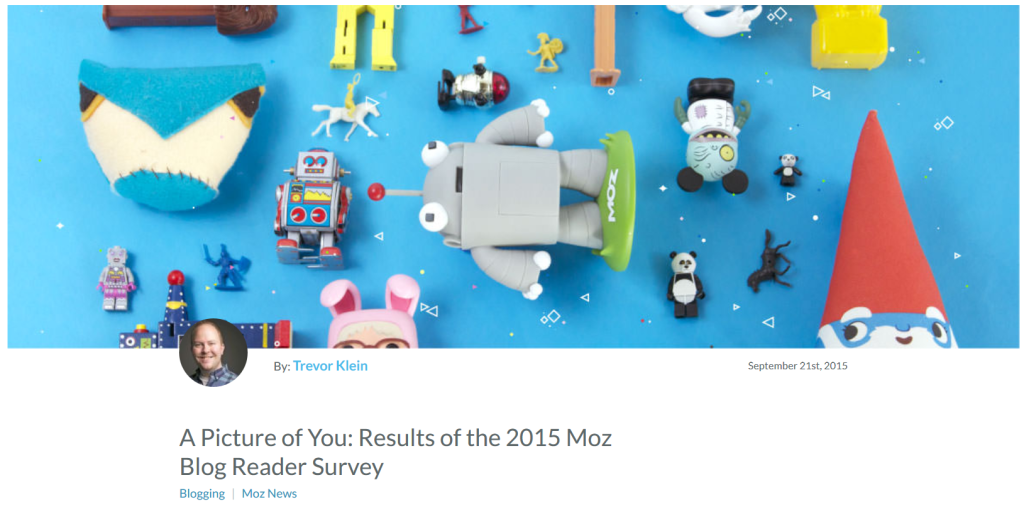Marketing is often about putting the best possible face onto your products.
- As time goes by and marketing practices become more elaborate, however, customers are beginning to reject images of shiny, perfect products.
- Instead, they’re demanding truth.
Providing transparency in your business might feel jarring and difficult, but there’s plenty that can be gained from being honest with your customers.
I’ve compiled a list of 25 ways you can show a little more honesty in the way you market your company and its products:
1. Present Honest Portrayals Of Your Products
We’ve all eaten burgers that didn’t look anything like the picture on restaurant walls.
It’s such a common problem that by now, all customers know not to expect the perfection they see in fast food advertising.
To avoid this situation, try to be as honest as possible about customers’ experiences with your products.
- The Dove Real Beauty Campaign is the classic example of this – customers show real pictures of themselves wearing the company’s beauty products.
- This lets potential customers know exactly what they can expect from the products.
This approach also fights against the trend for overly-photoshopped models in marketing, helping customers to trust Dove for providing real, unaltered images of their products in action.
2. Credit All of Your Data Sources
When you’re selling the positive aspects of your product, it’s important not to just say that you’re the best.
- Wherever possible, you need to tell people exactly why your product is great.
This means relying on hard data – facts and figures – to explain what you’re saying.
- BMW say it’s important to back up sources because of public scrutiny – if the company isn’t honest about what makes their engines scientifically proven to be high quality, nobody will believe their marketing campaigns.
If you’ve got numbers showing why your product is the best, use them – not being honest will leave your marketing feeling wishy-washy and unbelievable.
3. Clearly Highlight Elements Of Your Product That Might Raise Potential Concerns
Hiding the potential negatives of your products won’t help anybody.
Eventually, the truth will come out and you’ll get caught trying to mislead your customers.
- Chipotle has taken the brave stance of specifying which GMO ingredients are used in their products.
- This helps customers to know what they should avoid if they’re worried about GM food.
By being honest, Chipotle helps their customers to make an informed choice and prevents future backlash over fuzzy product descriptions.
4. Make Sure Information Is Accessible
It’s not enough to simply provide information on your company: you also have to make sure people can find it.
- Too often, companies will try to hide their dirty laundry in poorly-circulated press releases and hope that nobody actually sees it.
Instead of taking this approach, it’s better to put your information where it can be seen – whether or not you have positive things to report.
- Baremetrics provides up-to-date honest information about company revenue and customer bases
- The company also publishes the data from a range of other transparent companies
Customers know that companies who are on this list can be trusted to tell the truth about their services and revenue.
5. Don’t Get Cagey When Something Goes Wrong
When your company hits a rough patch, it’s natural to want to clam up and keep things a secret.
This might not always be the best approach, though.
- When they suffered a significant security breach, Buffer chose to tell the truth about it on social media, providing up-to-date information what was going on.
- This led plenty of customers to feel safer, rather than concerned, with Buffer’s handling of their sensitive information.
Through transparency even when things go wrong, companies can minimize the concern that events might cause, and can ensure that customers trust that problems are the exception rather than the rule to your business day.
6. Explain Your Supply Chain
Customers want to know where your products are coming from, and you can gain a lot by being honest with your supply chains.
- Starbucks has an interactive map of their coffee plantation travels.
- This lets customers see exactly where their products are coming from.
This data helps to support Starbucks’ reputation for providing high quality products.
7. Provide Personal Transparency
Where possible, it’s good to give customers specific information that’s relevant to them.
- Lays Chip Tracker lets people find out where the potatoes in their bag of chips came from.
- People can enter a code from their bag to see what potatoes were used in their chips.
This level of personal transparency helps customers to understand that their products aren’t just nameless, faceless factory products – they’re real food created by real people.
8. Show Your Company Processes
Letting customers know exactly what goes on within your company is a fantastic way to helping your business feel friendly, personal, and human.
- Customers are used to being hit by a wall of secrecy concerning company dealings.
- This makes the company feel cold and impersonal.
There are plenty of ways to offer insight into a company.
- Buffer is transparent about company salaries, showing how much everyone earns, including the CEO.
This lets customers know that Buffer isn’t holding back any information, and helps them to trust the company as their processes and finances are open for analysis.
9. Allow Employees Freedom of Expression
Ideally, all of your company employees will share a singular, unified vision for your business and the image it wants to portray online.
- In practice, of course, things aren’t this simple.
- Employees have their own opinions, and they don’t always match what you want them to say.
It’s tempting to shut down any unauthorized opinions from your employees to maintain your company vision, but this doesn’t always go well.
Instead, there’s plenty to be said for letting employees be honest online.
- Zappos allows employee freedom online even if they’re saying negative things.
- The company went so far as to feature employee anger on their website when staff were discussing layoffs.
This let social media users know that they can trust positive comments from employees to be more than just marketing spin.
By letting employees be honest about the company’s negatives, Zappos creates legitimacy for when employees say something good.
10. Tell the Truth on Social Media
Social media is one of the greatest tools for transparency at your disposal.
- Because your social media content is a lot less polished and planned than traditional content, customers will see it as more informal, and as a more truthful reflection of your company’s attitudes.
For this reason it’s important to not deal in half-truths on social media: tell people what’s going on with your company and they’ll respond positively.
11. Answer Customer Questions Directly
Customers often get frustrated when companies fail to offer honest answers to their burning questions.
- This is generally especially the case when the questions aren’t positive.
To combat this, McDonalds ran an ‘Our Food. Your Questions’ campaign to answer the real questions from customers – even if the answers weren’t positive for the company.
- Questions included why the company uses unhealthy ingredients, and why marketing never reflects what the burgers really look like.
This campaign attracted a lot of attention, making McDonalds’ company practices a lot more clear and less suspicious for customers.
12. Answer Questions Promptly
When customers ask you questions, they want answers fast.
- Failing to respond in a speedy manner, whether to customer service inquiries or on social media, hurts your reputation.
The best approach to customer questions is to make sure you’re giving them relevant answers as quickly as possible, helping them to make informed decisions about purchasing your products.
13. Present Financial Data
There’s a lot to be said for being honest with your financial reports.
- Good reports will encourage other companies to want to do business with you.
- Poor reports will reassure customers that you can be trusted to tell the truth even when things aren’t going well for you.
Groove reveals their revenue data each month as part of an ongoing marketing campaign to show their success in building their company.
This transparency has led to a great increase in the amount the company is trusted by others, as customers know they can count on Groove to tell it like it is and to spot negative trends before they happen, or face public scrutiny.
14. Provide Data Analysis
As helpful as it is to be transparent with company data, simply providing the numbers could mean not presenting the whole picture.
- Buffer gives specific insight into what numbers mean, which helps customers to understand more about their processes and what helps the company to grow.
This level of friendly insight helps your business to be more trusted and respected, as you’re not only sharing your own company’s results, but explaining what others can do to replicate them.
15. Tell Customers Everything That Goes Into Your Products
More so now than ever, customers want to know about what goes into your products.
- Nike’s Material Choice and Impact breakdown lets customers know exactly what fabrics and materials go into their products, and how they’re working to keep them fair trade and safe.
This gives customers a reassurance that the brand is providing the highest quality product and isn’t cutting corners on any aspect of manufacture.
16. Tell Customers If Your Product Isn’t Right for Them
Realistically, there’s never a time when you’d deliberately turn away customers, right?
Well, not necessarily. There’s a lot to be said for honesty in marketing, even if it means pointing customers away from your business.
- River Pools and Spas are open and honest about not just their plus points, but also their failings.
- Their marketing points out which customers will make good use of their products, and who might prefer products offered by their competition.
This level of honesty means that customers know they can trust the brand – and those for whom River Pools and Spas products are a good fit will feel all the more secure and comfortable in buying from them.
17. Show Customers How to Use Your Products
Here’s another good example from River Pools and Spas:
- The company offers tutorials even on jobs that they do professionally.
- This means that customers can decide for themselves whether they think they can manage to install or update their pool manually, or whether the job is complex and could do with a professional.
Letting customers know how to get the most out of their purchase is an important step to providing full support for all levels of the conversion process, and being honest about how much work is required to maintain your product will help customers to know to rely on your knowledge about their purchase.
18. Be Honest About What Doesn’t Work
There’s no sense in telling the world that your product is the greatest if you know it isn’t – if nothing else, social media will catch you on that before long.
- Domino’s Pizza took an uncommon approach to this by publicly admitting that their pizza tasted like cardboard, before undergoing a public change of recipe.
This blunt approach let customers know that the company was aware of its shortcomings and meant that their marketing materials were more trustworthy and less filled with marketing spin.
19. Allow Negative Comments/Feedback
The other side of the above point is not getting too protective of your public image on social media when things go wrong.
- Throughout its recipe change, Domino’s Pizza allowed all social media mentions to appear on its website unfiltered – even if people were saying mean things about their brand.
This meant that customers knew they could trust praise when they saw it on Domino’s website, and it meant that the company could focus on slowly weeding out negativity by improving their product with the recipe change.
20. Explain Your Failings
When things go wrong, it doesn’t hurt to be honest about them.
- But simply telling people that you made a mistake won’t help much – people will start seeing your brand as a failure.
Instead, you need to show them why you failed.
This will show that you’ve learned your lesson and that you’re not going to repeat the problem.
21. Show The Steps You’re Taking to Improve
Of course, there are plenty of areas that your company isn’t perfect, and it’s not enough to simply point out your flaws.
- Panera’s Responsibility Report shows that the company is doing to overcome its shortcomings.
This softens the blow regarding company mistakes somewhat, and also helps customers to know that you’re constantly aiming for improvement.
22. Display Product Prices Clearly
A lot of companies, especially those dealing with expensive products, will like to offer customers a quote on inquiry – meaning that the customer has to do slightly more work (and a lot more research) before they can find the product they’re looking for.
A little more transparency on price can help to ease customer concerns over your fees, as well as making it easier for them to understand why your company is the best choice.
- CarMax disallows price haggling on their used cars, meaning that customers know exactly what price the car costs and know that they’re not being forced to argue to get a good deal.
- This helps the company’s reliability – everybody gets the price on the sticker, without any tricks or traps.
Letting customers know your prices goes a long way to helping your company’s credibility for offering the same prices to all customers.
23. Break Down Customer Base
When you’re performing a lot of company research, it’s important to let customers know everything you’re doing, including what audience you’re reaching out to.
- Moz offers readers insight into themselves through readership surveys.
This helps customers to spot that the services Moz offers are perfect for them.
24. Keep Content Up-To-Date
While your data might be relevant and correct today, it might not be true tomorrow.
- Buffer updates previous articles to make sure they’re as accurate as possible so that people aren’t misled.
This process helps to better cement Buffer’s reputation for accuracy, even in content that’s very old.
25. Make a Good Product
Finally, this last point is probably the most important piece of the puzzle.
- If you want customers to trust you, and if you want your transparency to work, you need to be sure that when all marketing tricks are laid aside, your product is worth defending.
Transparency can be good for this:
- If you’re being open and honest with your customers, it gives you a lot of incentive to make something that people care about and that looks good in spite of your honesty.
- Company transparency will force you to improve your business, thereby increasing your product appeal.
By telling it like it is, you can make your business stronger and developer a greater bond of trust with your customers.
What transparency do you like to see businesses provide? Have you tried being honest about business practices yourself? Share your thoughts in the comments section below.
Images: Pixabay, Facebook, Baremetrics, Sourcemap, Lays, BuzzSumo, Flickr, Nike, YouTube, CarMax, Twitter, Moz, Pixabay.
















